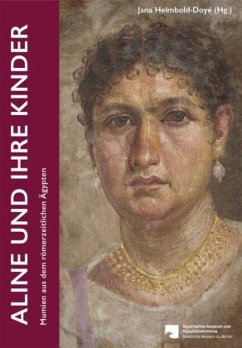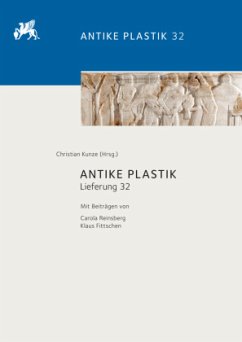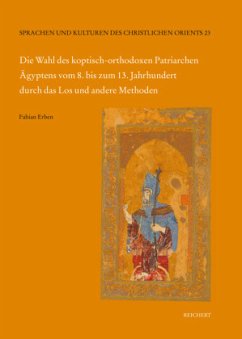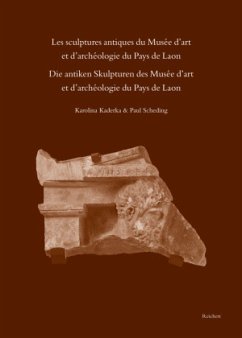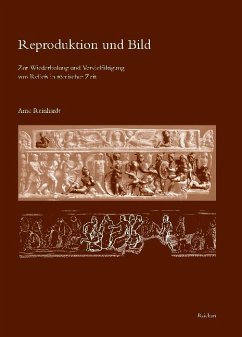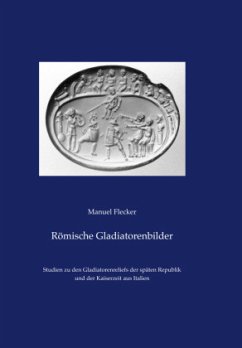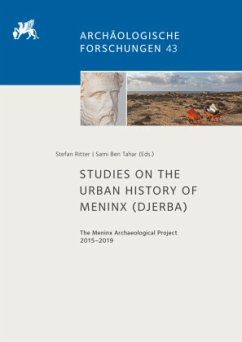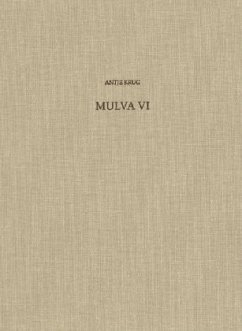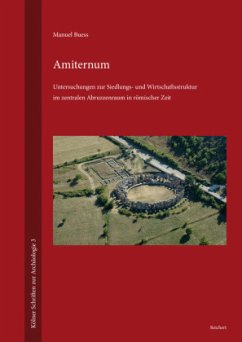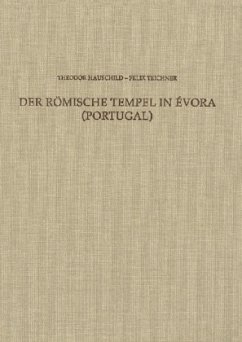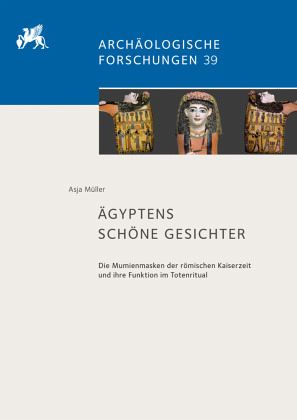
Ägyptens schöne Gesichter
Die Mumienmasken der römischen Kaiserzeit und ihre Funktion im Totenritual
Versandkostenfrei!
Versandfertig in 2-4 Wochen
110,00 €
inkl. MwSt.

PAYBACK Punkte
0 °P sammeln!
How do mummy masks act? This question is the starting point for the present investigation, consciously aiming towards a new perspective of research. In contrast to the modern point of view, mummy masks cannot simply be regarded as inanimate objects, but should rather be seen as autonomous entities. Depending on the particular context, they could become subjects and were therefore regarded as agents equal to human beings in antiquity. Therefore, the book seeks to explore how mummy masks acquired such a status and in which situations this happened.
Dieser Artikel kann nur an eine deutsche Lieferadresse ausgeliefert werden.



